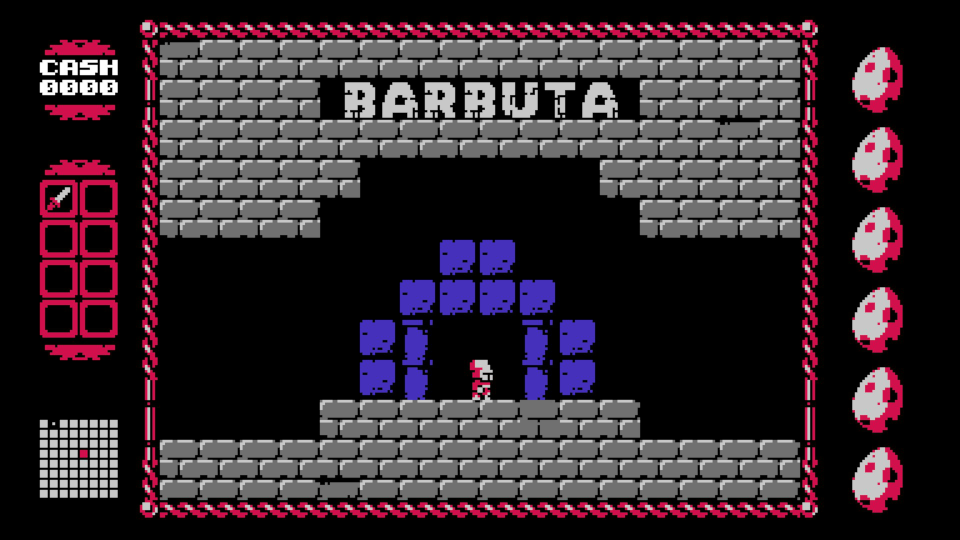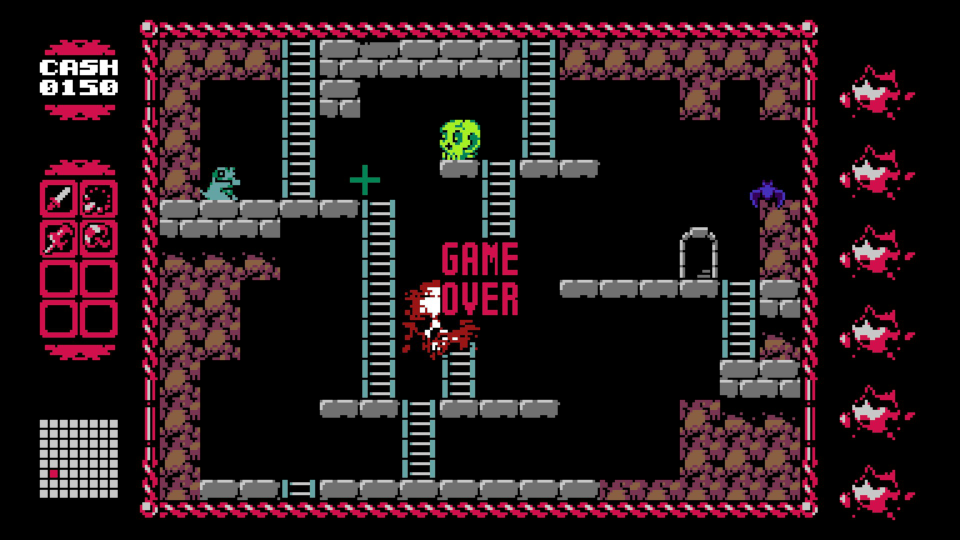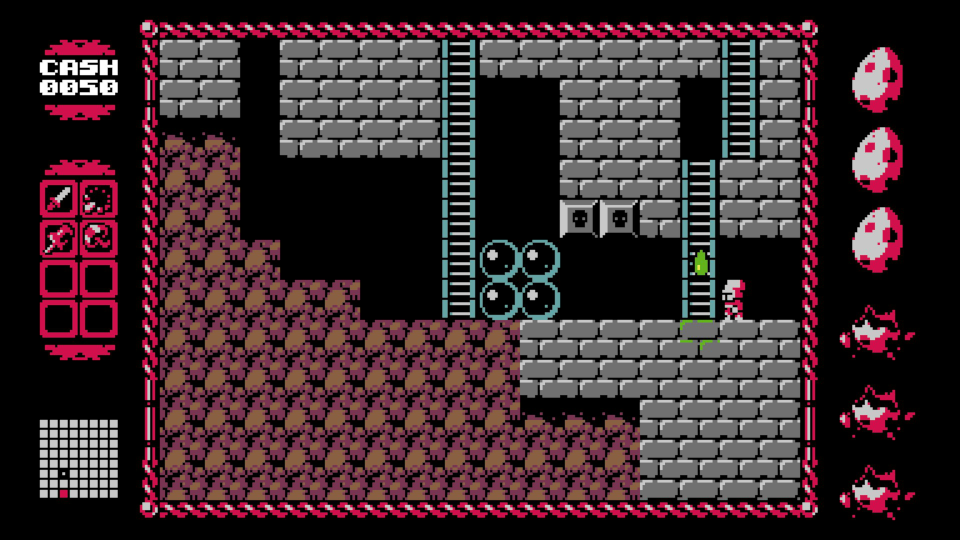Idealized play, taken from game theory's concept of perfect play, is a state that assumes the player has played the game before and has achieved a sort of proficiency with the game. It's not the same thing as perfect play, because perfect play is mathematical. It's a system for constructing proofs in perfect-information games.
Idealized play is a system for understanding a player's "progression" in learning and understanding an imperfect-information game. It's not mathematical, but philosophical.
Imagine, for a moment, a player who has access to the total sum of an imperfect-information game. They have the walkthrough; they have the let's play open in another window, they have datamined the game's code and know how everything works. This player is in possession of complete information, so let's call them the complete player.
Additionally, imagine that there is another player who does not have access to that information, but instead learned the game from scratch. They have played the game for thousands of hours; they have mastered the controls, the gameplay, the method to succeed, but they still exist in an imperfect-information state. Let's call them the master player.
In both cases, the player is capable of finishing the game. The complete player takes an approach similar to game theory's perfect play, processing the game as information and taking the exact necessary actions to win. The master player approaches the game like a traditional learning model, brute-forcing success by testing every possible set of actions. In the speedrun space, a Tool Assisted Speedrun (TAS) is usually the combined effort of "complete play" and "mastered play;" a total knowledge of the game combined with machine-level skill and reaction time. In its own way, this is an expression of perfect play— and if I refer to perfect play from here on out, this is what I'm referring to: The culmination of complete play and mastered play to achieve a near-perfect result.
Idealized play, which is what I want to focus on, is not perfect. It is not complete, and it is not mastered. The ideal player, from the perspective of the design of the game, is someone who is willing to engage with the game— to start from a position of no information and no mastery, and approach a position of complete information and total mastery.
A perfect player is the sum of a complete player and a master player; an idealized player is the median of the two.


